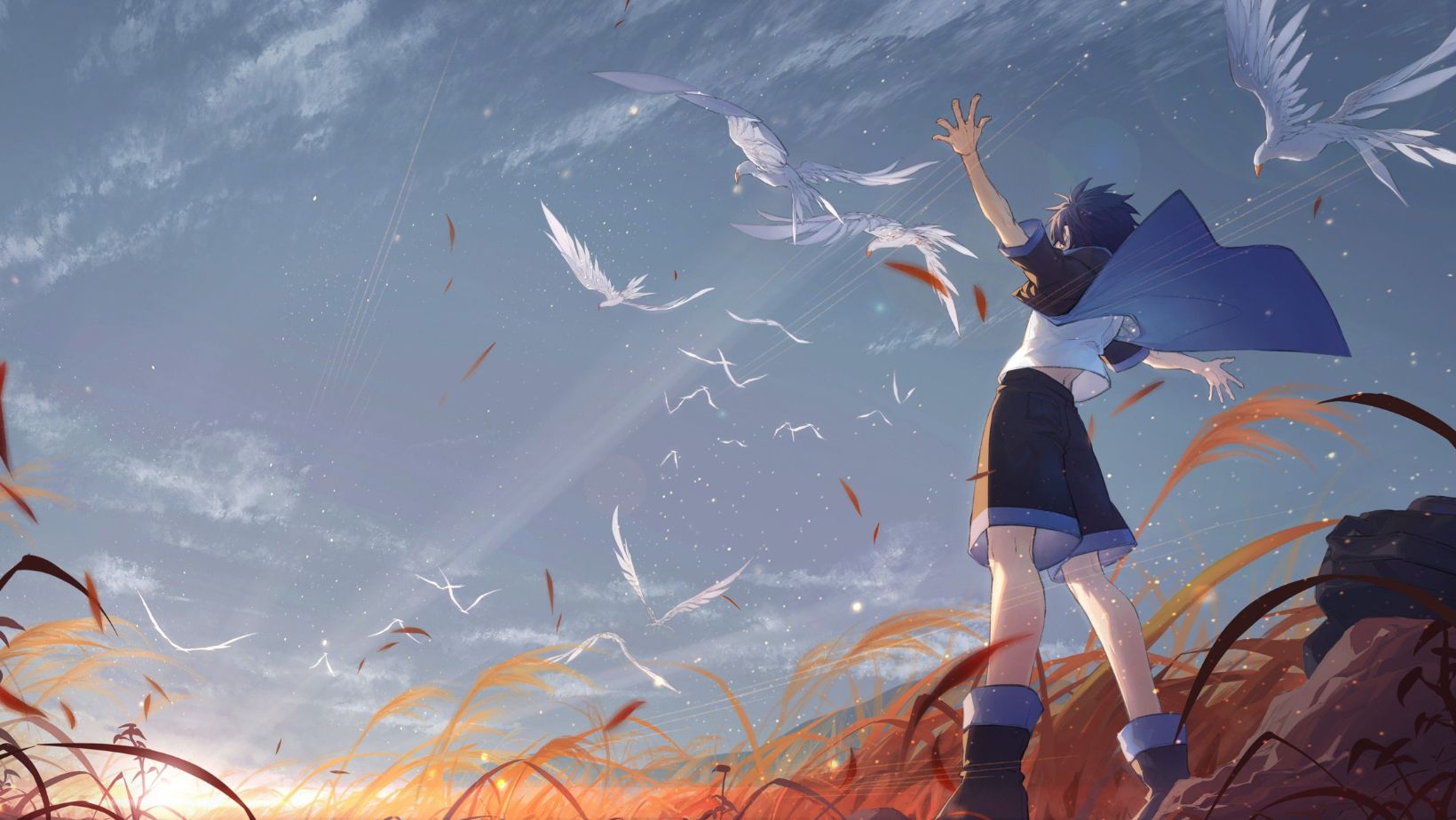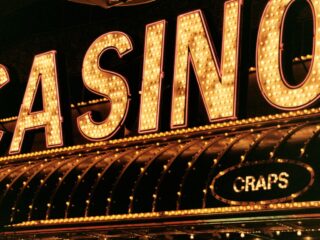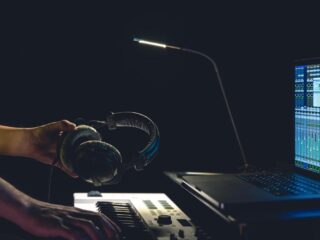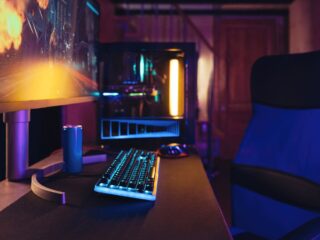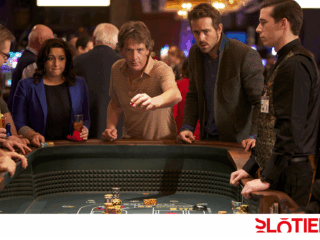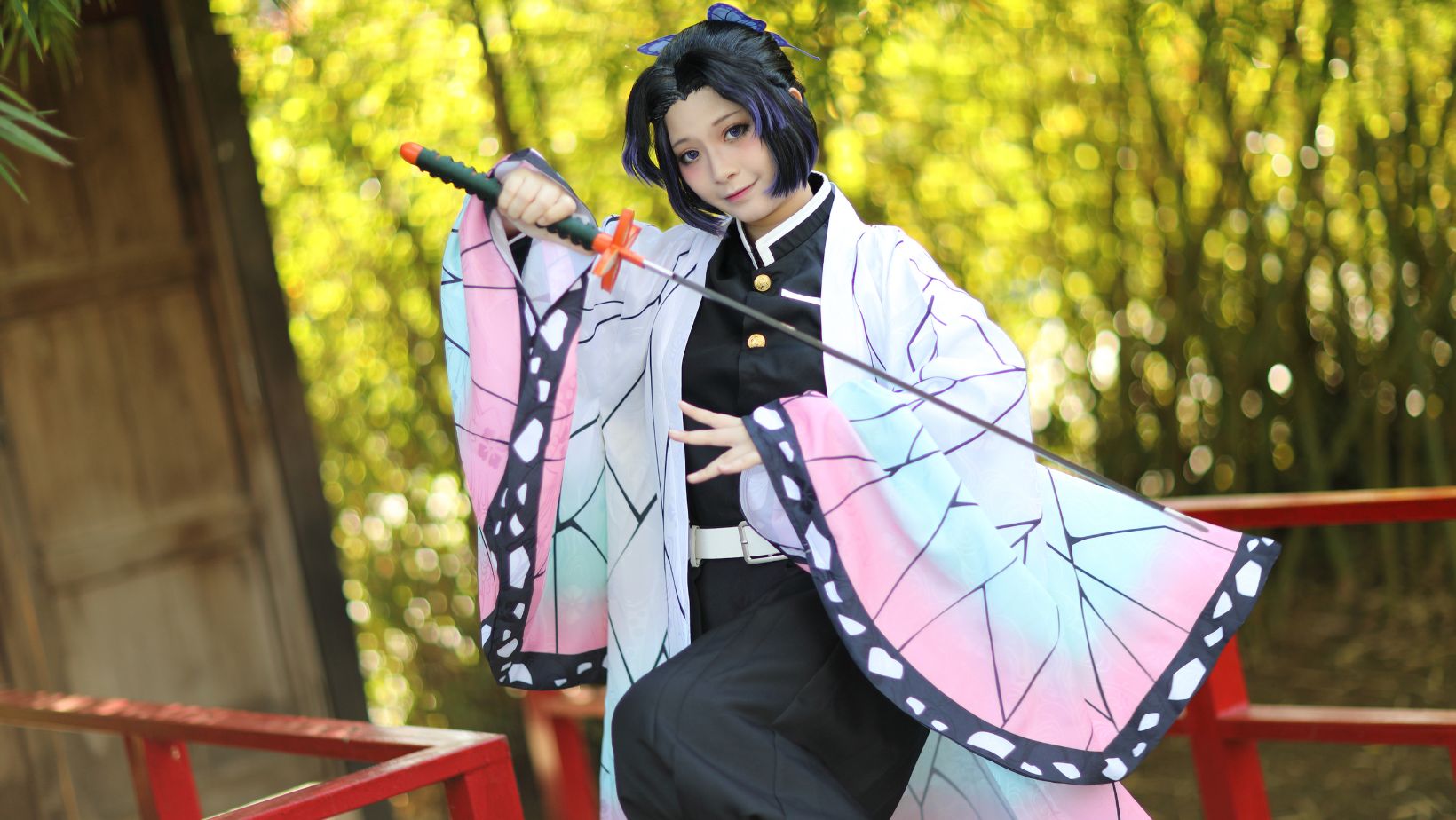
In recent years, artificial intelligence has made its way into nearly every creative domain, and anime is no exception. At the intersection of machine learning and traditional animation, AI image generation is emerging as a transformative force that redefines how we create and experience 2D worlds. This revolution is not just about technology—it’s about a new creative partnership between human artistry and digital intelligence, where code becomes a brush and algorithms morph into storytellers.
A New Era of Anime Production
The integration of AI image generation into anime production has dramatically altered the traditional workflow. Gone are the days when every frame had to be painstakingly drawn by hand. Today, machine learning models can transform rough sketches into polished, vibrant scenes with unprecedented speed and precision. This shift has opened up a world of possibilities:
- Automated Artistry: Advanced neural networks are now capable of automating repetitive tasks such as inking and coloring, which allows artists to focus on higher-level creative decisions.
- Enhanced Creativity: By handling the more technical aspects of animation, AI frees up creative talent to explore innovative narratives and complex visual styles, blending tradition with modernity.
AI Image Generation: Breathing Life into 2D Worlds
At the heart of this transformation lies AI image generation—a process where machine learning models, particularly generative adversarial networks (GANs) and style transfer techniques, play a central role. These models analyze vast amounts of anime art to learn its unique visual language and then apply that knowledge to generate new images. This breakthrough has led to several exciting developments:
- Dynamic Visual Enhancement: Neural networks can now generate detailed, stylistically consistent anime scenes that mimic the nuanced textures and vibrant colors of hand-drawn art. This is achieved by training models on diverse datasets, ensuring that the generated content resonates with the iconic style of anime.
- Style Fusion: One of the most intriguing aspects is the ability to blend traditional anime aesthetics with experimental art forms. By manipulating parameters within the model, artists can seamlessly combine classic elements with contemporary design, creating hybrid styles that push creative boundaries.
- Interactive Content Creation: Emerging platforms allow artists to interact with AI in real time, making adjustments to the generated images and refining them to match their artistic vision. This interactive process bridges the gap between human creativity and algorithmic power.
Platforms like CGDream offer the Flux model to produce promising visuals alongside a large cluster of LoRA styles that can be applied to a myriad of characters and objects. This technological leap isn’t just about efficiency; it’s redefining the very essence of how art is produced. The fusion of code and creativity creates a dynamic platform where human intuition and machine precision coexist.
Collaborative Innovations and Industry Trends
The transformative power of AI image generation is spurring collaboration across the industry.
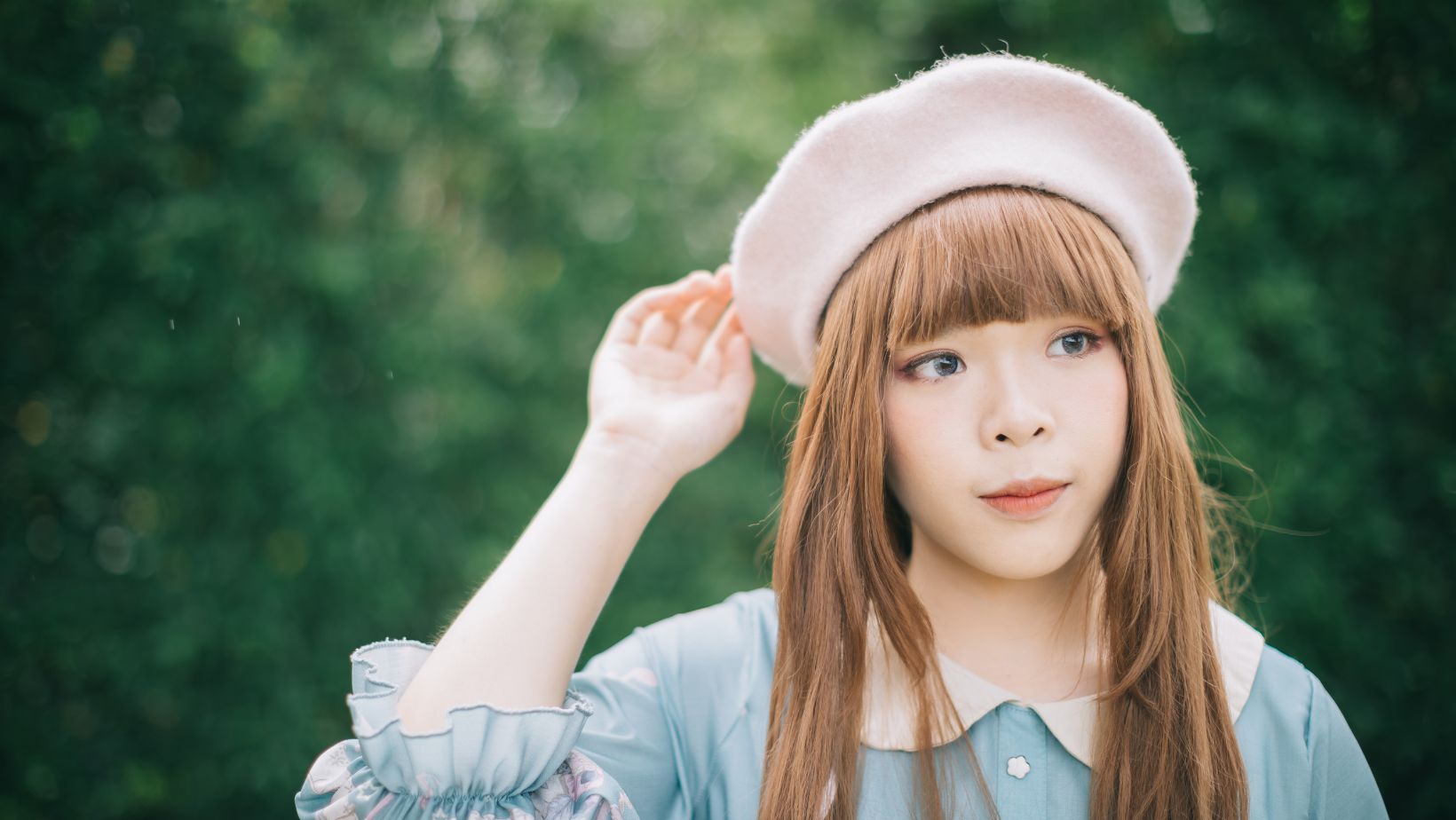
Major studios and independent creators alike are embracing these tools, blending state-of-the-art research with artistic ingenuity. Key trends include:
- Cross-Disciplinary Partnerships: Tech companies specializing in AI are partnering with animation studios to integrate custom-built tools into the production pipeline. These collaborations are yielding innovative approaches to storytelling and visual design that were previously unimaginable.
- Research-Driven Creativity: Ongoing research in unsupervised learning and novel neural network architectures is not only enhancing image generation but also paving the way for entirely new creative expressions. Academic and industry partnerships are driving this evolution, ensuring that the technology remains at the cutting edge of both art and science.
- Global Showcases: International conferences and art festivals are increasingly featuring sessions on AI in animation, where industry leaders share insights, case studies, and future projections. These events are not only fostering dialogue but also inspiring a new generation of animators and tech enthusiasts.
Creative Impact and Future Possibilities
The creative impact of AI image generation in anime extends beyond mere production efficiency. It represents a fundamental shift in how artists conceptualize and create their work. Here are some of the ways this technology is shaping the future:
- Empowering Artists: With AI handling the heavy lifting, artists are now empowered to experiment more freely. The technology acts as a creative partner, offering unexpected interpretations and inspiring new artistic directions.
- Expanding Storytelling Horizons: The fusion of traditional anime storytelling with modern digital techniques has the potential to enrich narratives. Enhanced visual effects and interactive elements can deepen audience engagement and elevate storytelling to new heights.
- New Artistic Expressions: As AI continues to evolve, it is likely to give rise to entirely new genres and styles within the anime sphere. The ability to generate lifelike, yet fantastical images opens up a creative frontier where imagination is the only limit.
Furthermore, innovative tools such as https://cgdream.ai/features/ai-anime-generator empower creators with capabilities that bridge 2D and 3D visuals. These platforms allow for seamless image-to-3D and 3D-to-image transitions, enabling artists to transfer characters, structure, and style between images while maintaining visual coherence and dynamic perspective changes.
Balancing Innovation with Tradition
Despite its promise, the integration of AI into anime is not without challenges. The journey towards fully realizing this potential involves addressing several critical issues:
- Artistic Integrity: One of the primary concerns is preserving the authenticity and expressiveness of traditional hand-drawn art. While AI can replicate visual styles, capturing the subtle nuances of human emotion and creativity remains a complex task.
- Ethical Considerations: The use of copyrighted material for training AI models is a subject of ongoing debate. As the technology advances, it is imperative to strike a balance between innovation and the rights of original creators.
- Job Market Implications: The automation of certain artistic tasks raises questions about the future of traditional roles within the animation industry. It is essential to approach this evolution as an opportunity for transformation rather than displacement.
Conclusion
The fusion of machine learning and anime through AI image generation is a thrilling frontier that challenges conventional boundaries. It offers a glimpse into a future where art and technology are interwoven, creating rich, dynamic visual narratives that captivate audiences worldwide. As machine learning continues to dream in anime, reimagining 2D worlds through code, the possibilities for creative expression are boundless. This evolution is not just about making animation more efficient; it’s about redefining the relationship between technology and art, ensuring that both can thrive in a harmonious, ever-evolving creative ecosystem.
The journey ahead is as exciting as it is complex, promising to blend the ideal of human creativity with the innovative potential of AI. For those invested in the future of visual storytelling, this new paradigm is a call to embrace change, foster collaboration, and imagine a world where every line of code brings us closer to a breathtaking, reimagined reality.

